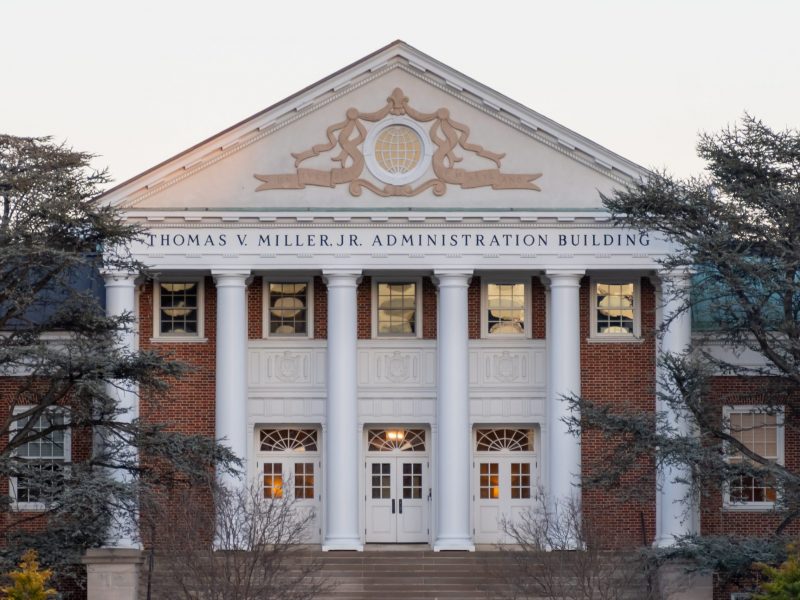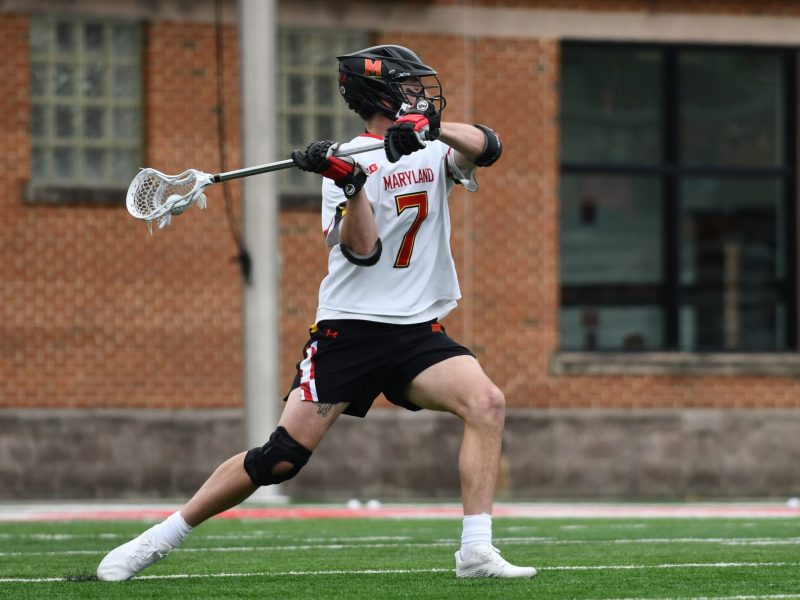
Monster Energy
Whether they’re in need of a jolt before a night of partying or a pick-me-up while studying, many students fight to stay awake by reaching for a Monster Energy, Red Bull or AMP.
Consumers know a crash will likely follow their burst of energy, but some say there may be more serious consequences of using caffeinated beverages. The Food and Drug Administration is investigating reports of fatalities linked to the consumption of Monster Energy, so far finding claims of five deaths caused by the consumption of the energy drinks, according to recent reports.
While the FDA has said it cannot prove Monster Energy caused these deaths, including that of a 14-year-old Hagerstown girl, university health officials said they are not convinced the drinks are harmless because the FDA does not regulate them.
There have been no reports of caffeine toxicity at this university, according to Amanda Long, the university’s alcohol program coordinator, and the University Health Center has no energy drink-specific campaign. However, the staff provides information on caffeine in its general substance abuse education and Long said they will consider doing more to arm students with information about stimulants.
“We’ve talked about it in the past,” Long said. “We want to make sure students are aware that there are risks associated with energy drink consumption.”
The FDA does not currently regulate caffeine in energy drinks because the ingredient is a “dietary supplement” rather than a nutrient. The beverages typically have about 160 mg of caffeine per 16 fluid ounces, an amount considered safe.
The FDA has only cracked down on the use of caffeine as an additive to alcoholic beverages. Reports of caffeine-related deaths in 2009 prompted the agency to ban drinks such as Four Loko and Joose in 2010, at a time when multiple reports had found the prevalence of mixing alcohol and caffeine was as high as 26 percent among American college students.
There had been no such scrutiny for non-alcoholic caffeinated beverages until the mother of 14-year-old Anais Fournier, of Hagerstown, sued Monster Beverage Corp. for wrongful death after her daughter consumed two 24-ounce cans of Monster Energy in a 24-hour period. Fournier went into cardiac arrest hours after consuming the second drink, and died six days later on Dec. 23, 2011, according to court documents.
According to the autopsy report, the cause of death was “cardiac arrhythmia due to caffeine toxicity.”
Monster Beverage Corp released a statement Oct. 23: “Neither the science nor the facts support the allegations that have been made. Monster reiterates that its products are and have always been safe.”
In a statement, FDA spokeswoman Shelly Burgess said energy drink manufacturers held the responsibility to investigate accusations of dearth or injuries associated with their products, according to The New York Times.
“She said that the agency was still looking into the cases but had yet to establish a causal link between the deaths and the drink,” The Times reported.
But several students said the risks are not on their minds when they reach for their caffeine crutch of choice.
A self-proclaimed Monster consumer, junior communication major Bobby Blanco said he didn’t think the university should take up the responsibility of regulating the consumption of energy drinks.
“If it’s an issue, I don’t think it’s the university’s issue to deal with,” he said. “It should be up to the company to put a warning label on it — like cigarette companies do.”
Blanco added he wasn’t alarmed by just a handful of reports.
“They were probably more special cases,” he said. “They may have been on other things.”
However, use of caffeinated drinks is associated with serious consequences — from 2005 to 2009, there has been a tenfold increase in the number of emergency room visits involving energy drinks, according to a report conducted by the Substance Abuse and Mental Health Services Administration. The agency found there were 13,114 visits in 2009, compared to 1,128 visits in 2005.
“[Energy drinks] prove the greatest risk for uninformed consumers,” Long said. “The problem is that a lot of people might have undiagnosed heart conditions, making them unaware that the drinks could cause serious problems for them.”
Still, the drinks remain popular on the campus, where university shops sell at least three brands of energy drinks and see spikes in sales around midterms and finals, said Dining Services spokesman Bart Hipple. While the reports are cause for concern, he said, caffeinated beverages don’t make up a large portion of the department’s business.
“We do discuss it in our industry, what to do about this and how to monitor and control it, [but] we do have to understand that our students are also consumers,” Hipple said. “They’re smart people, and they can make informed decisions.”


